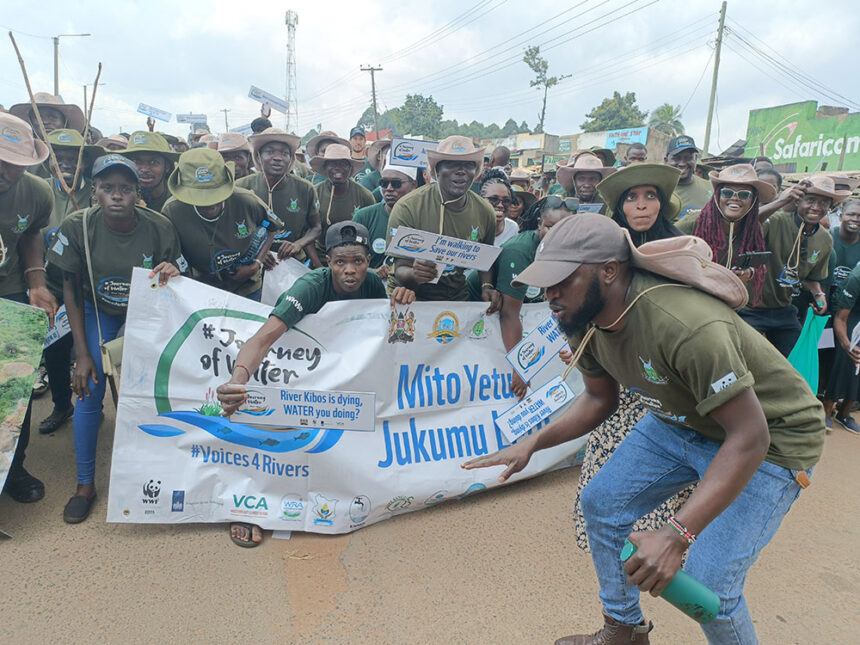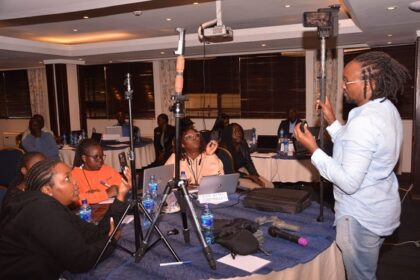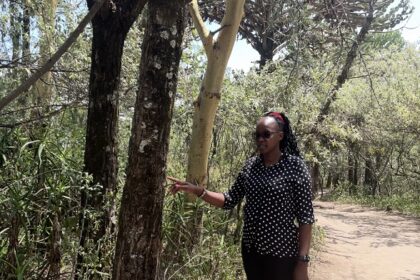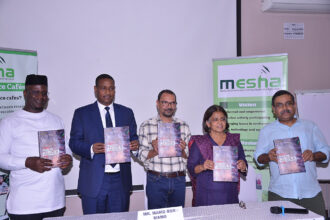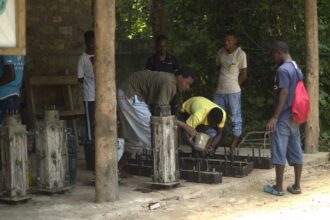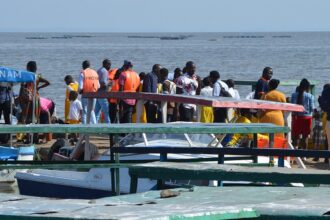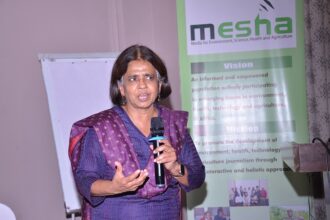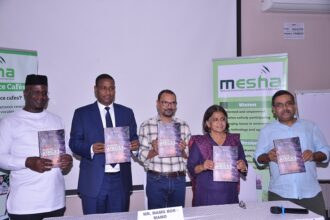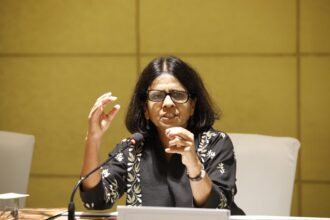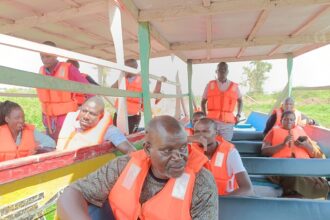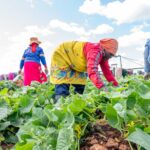Urgent action needed as pesticide misuse and climate change threaten Kenya’s food security
By Aghan Daniel I aghan@meshascience.org Scientific evidence indicates that pesticides contribute significantly…
Nairobi to host State of Environment Report launch in September
By Christine Ochogo, christawine@gmail.com This year’s State of Africa’s Environment report will…
New Initiative Targets Emerging Towns in Kenya for Supply of Safe Water and Sanitation
By Clifford Akumu | akumu.clifford@gmail.com Kenya is set to launch a project…
Communities use modern technologies in restoring coral reefs
BBy Ruth Keah - rkeahkadide@gmail.com Moimuna Aboud stands poised in her diving…
Heavy pollution sinks tourism ventures deeper into Lake Victoria’s bottom
By Francis Mureithi - mureithifrancis1964@gmail.com Investors targeting the Kenyan side of Lake…
Carbon markets cannot deliver for people and planet
By Njeri Murigi I healthjournalist@gmail.com Carbon markets will not deliver enough climate…
MESHA hosts the African Science Journalists Conference, launches the inaugural State of Environment Report in Africa
By Odhiambo David | odhisdavid59@gmail.com The sixth African Conference of Science Journalists,…
Science journalists converge in Nairobi for the release Africa’s Environment Report
By Odhiambo David |odhisdavid59@gmail.com African science journalists with support from The Centre…
Dunga Boardwalk: A gateway to tourism and conservation of Lake Vitoria
At Lake Victoria’s Dunga Beach in Kenya’s Kisumu City is a bridge-like…
Environmentalists to unite in greening lakeside city
A group of environmentalists plant trees at Prof. Peter Anyang’ Nyong’o Botanical…


